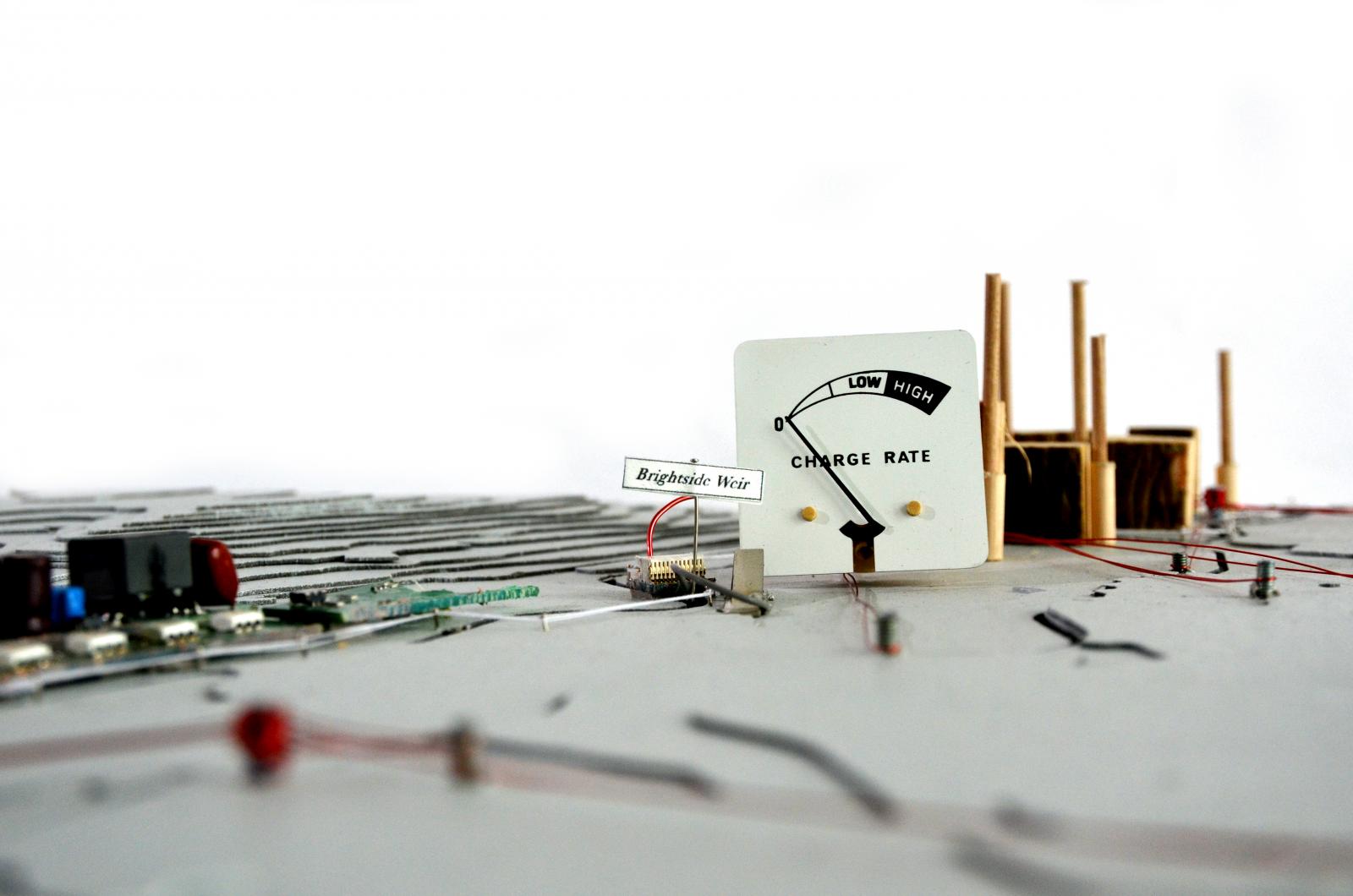Kelham Island Museum tells the industrial story of Sheffield, but the island itself has always been about POWER. It is a man-made island created in the 12th century by the building of a weir to divert water into a mill-race or ‘goit’ to drive the waterwheel of a corn mill. In the 1600s it became the home to the water-powered grinding hull of the town armourer, Kellam Homer. The goit continued to provide power to waterwheels driving a cotton mill, a short lived silk mill and other metal industries.
The Museum building was a power station built in 1897 to generate electricity for Sheffield’s new Tram system. It housed large steam powered generating engines in what is now the main gallery and the boiler house, which had a rank of Lancashire Boilers, is now the Museum’s Engineering Workshops. The Museum was created following the rescue in the 1970s of the mighty 12,000hp River Don Engine, which needed a building of sufficient size to house it. It was moved into a building added in 1912 to house a rotary converter, changing mains AC into DC as the trams needed more power. This Engine, one of the world’s most powerful steam engines still in steam, provided the inspiration for Kelham’s latest Heritage Lottery funded project entitled “Sheffield 1916: Steel, Steam & Power”.
Built to roll armour plate for the First World War Dreadnoughts, the Engine represents Sheffield’s major role in shipbuilding as the largest centre for steel for battleship ordnance, propulsion machinery and hulls. Two manuscript accounts books discovered in Kelham’s archives reveal that the Engine rolled armour plate for most of the capital ships that fought at Jutland in 1916. ‘Sheffield 1916’ focuses on ensuring the continued running of the Engine through installing a new boiler and explaining its role in producing armour plate for ships and tanks; rolling the thermal shields for the world’s first nuclear power station at Calder Hall; and finishing its working life rolling plate for the North Sea Oil industry. The project has several elements: in the ‘Power House’ visitors will experience steam power, seeing the new boiler in action with interpretation telling the story of ‘power island’: the ‘PowerLab’ interactives will inspire young scientists; the ‘1916 House’ explores home life and Sheffield’s 1916 Zeppelin raid. A community programme is collecting memories of the Engine and creating a new volunteer team.
The Museum is undergoing other changes driven by the need to generate more of its own income due to the cuts in local authority funding. In the last four years earned income has been increased by over 700% and admissions by 400%. The Museum is now a prime wedding venue and sits in an area of Sheffield where it is becoming fashionable to live in new blocks of flats and restored factory buildings, all lying in what is known as the ‘valley of beer’ due to the number of new micro-breweries and great real ale pubs.
Report this content
If you feel this content is inappropriate or want to report a technical issue - do so here.
